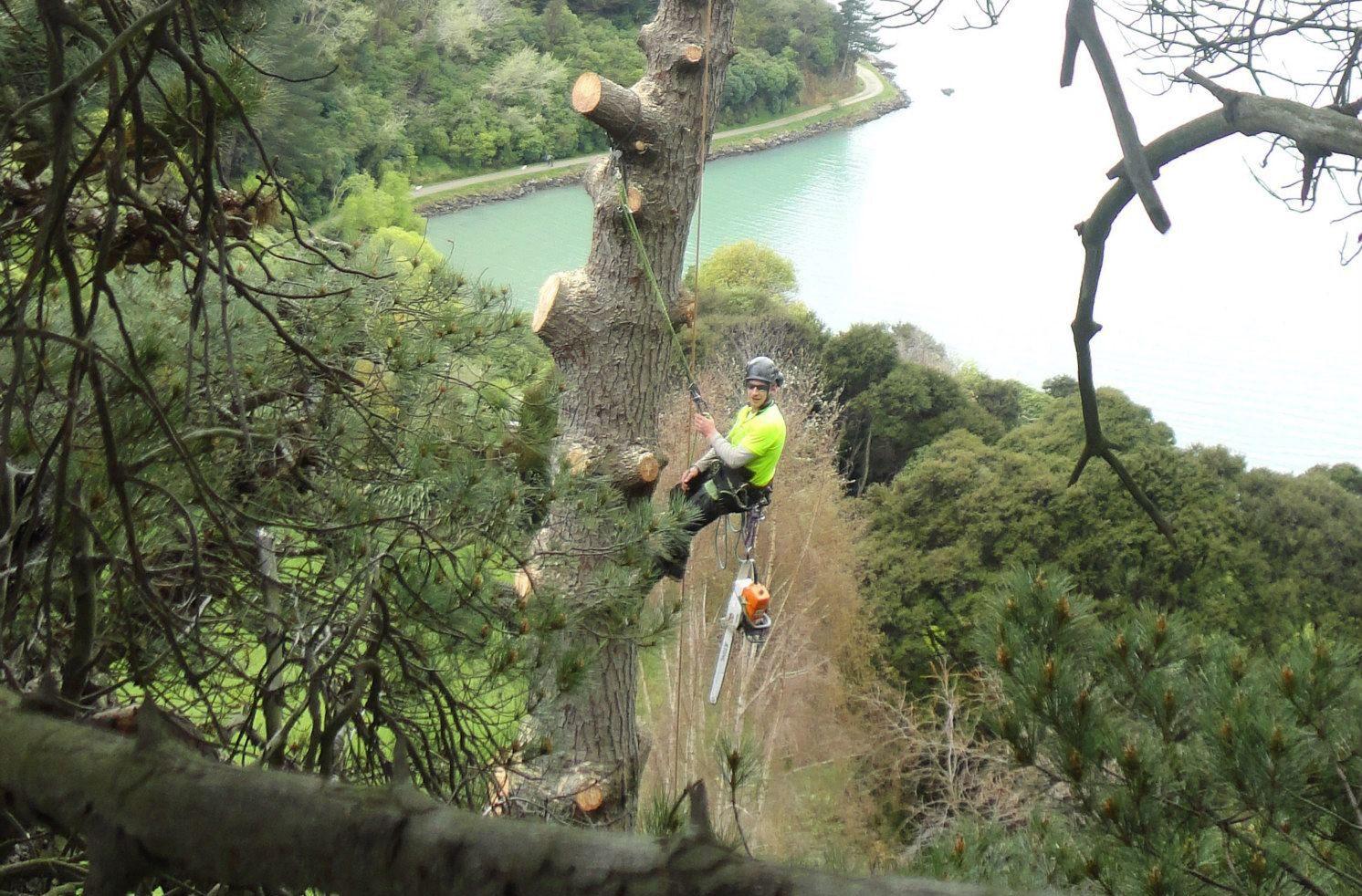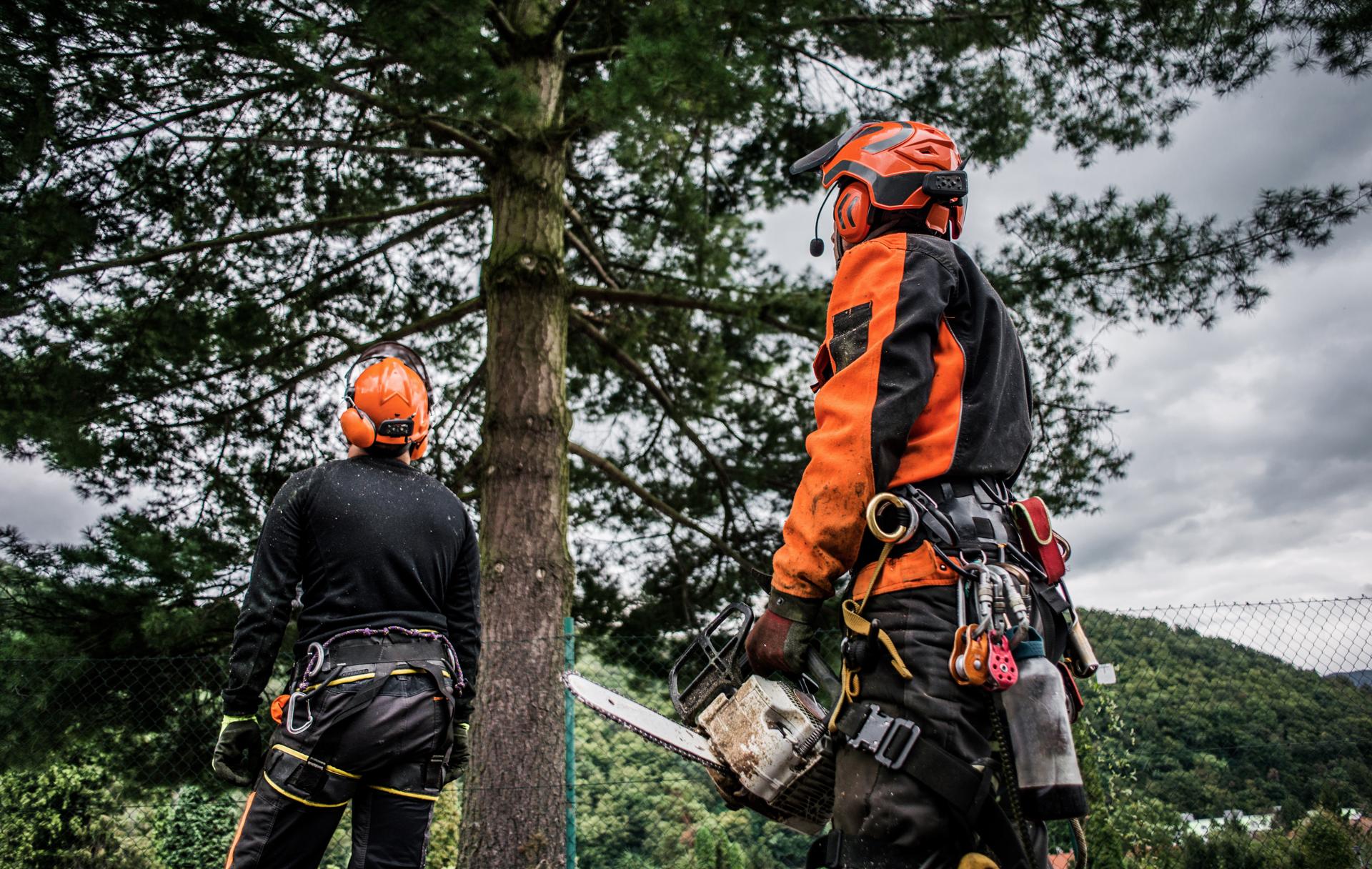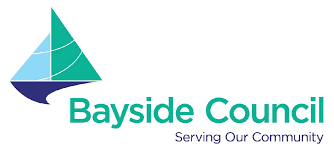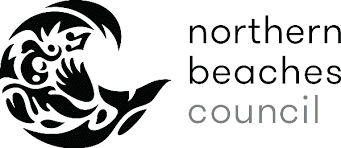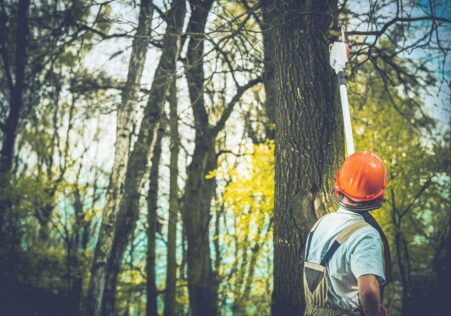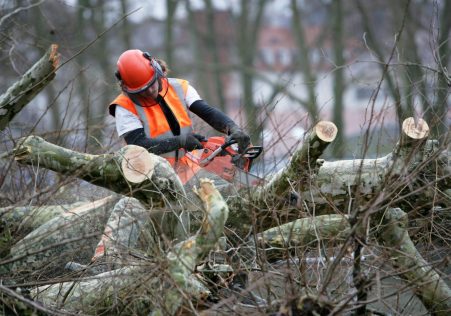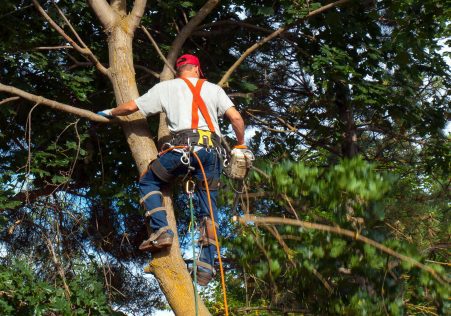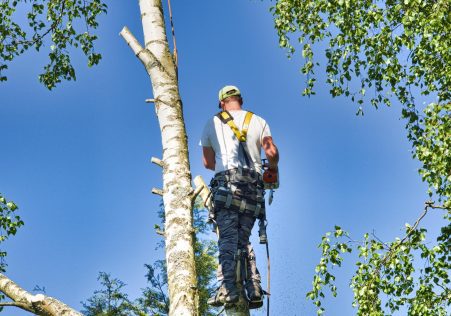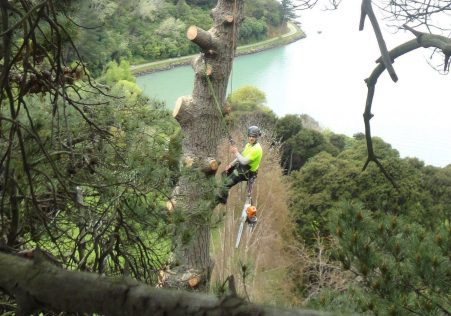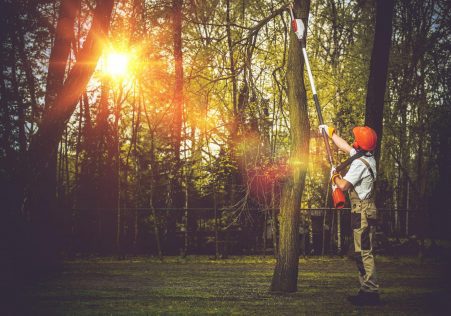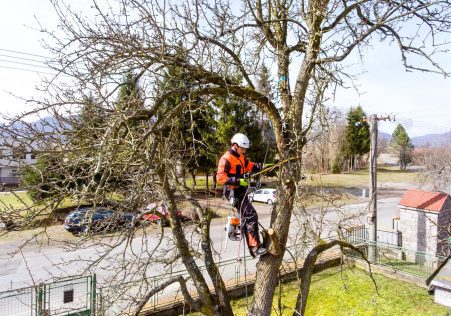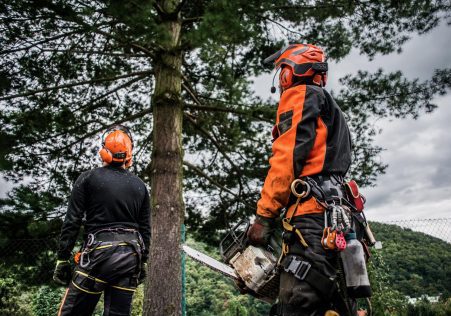How to Spot a Failing Tree Before it's Too Late
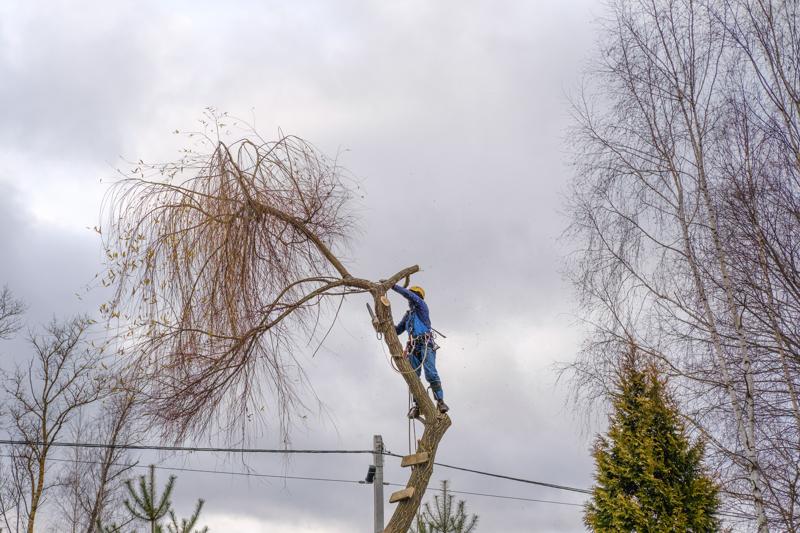
Tree removal is a complex and possibly dangerous job. If a tree is dying, diseased, or at risk from falling down, then it may need to be removed in order to protect the property and to guarantee safety. How do you know if a tree needs to be removed? We’ll take you through the signs to be looking at and guide you determine the right time to call the experts.
Dead or dying trees
One of the evident signs that a tree should be removed is if it is dead or dying. Dead trees are without leaves and could appear lifeless. If a tree doesn’t have leaves or any signs of growth, it’s likely dead. In addition, the bark of a dead tree might be dry, cracked, or peeling.
Diseased Trees
The trees that are sick could pose a danger to the other plants and trees within the vicinity. The most common signs of disease on trees are dying leaves, wilted or yellowed branches, and mushroom growth at the bottom of the tree. If you suspect your tree might be suffering from disease, it’s important to have it inspected by a certified arborist.
Leaning Trees
Trees that lean towards one side could indicate that the root system is failing and the tree may be in danger of falling. To determine if a leaning tree could be a threat, check for cracks or breaks within the trunk and examine the soil at the base of the tree. If you spot any of these signs you should have the tree evaluated by an arborist.
Overhanging Branches
Overhanging branches of trees that are in close proximity to power lines or buildings can pose a risk to safety and property. If you are concerned regarding branches that hang overhanging you should get the tree assessed by an arborist to determine if removal or trimming is needed.
FAQs
How can I tell whether a tree is dead?
An individual tree can be said to be to be dead if it lacks leaves and has no evidence of growth. In addition, the bark of dead trees could be cracked, dry, or peeling.
What are the warning signs of a tree that is diseased?
The most common signs of disease on trees include dying leaves, wilted or yellowed branches, and mushrooms growing at the base of the tree.
Is it safe to remove a tree yourself?
Tree removal is a complex and possibly dangerous job. It’s best to leave it to experts who can ensure the safety of you and your family members.
Conclusion
When it comes to tree removal, it’s crucial to be aware of the indicators that indicate that a tree needs to be removed. By being aware of the indications of dying or dead trees, diseased trees, tree leaning, and hanging branches and overhanging branches, you can take the necessary steps to ensure the safety of your property and those surrounding you. If you suspect that there is a tree in your yard that requires removal, don’t hesitate to contact Penrith Tree Cutting for a professional evaluation. Our arborists are highly skilled and are equipped with the knowledge and experience to take care of all your tree removal needs. Don’t risk your security. If you suspect that the tree that is on your property needs to be removed, please contact Penrith Tree Cutting today for a expert assessment. Our expert arborists will provide you with peace of mind that comes from knowing your property is in safe in the hands of our experts. Call us today by dialing 0480 024 203 to schedule an appointment.

